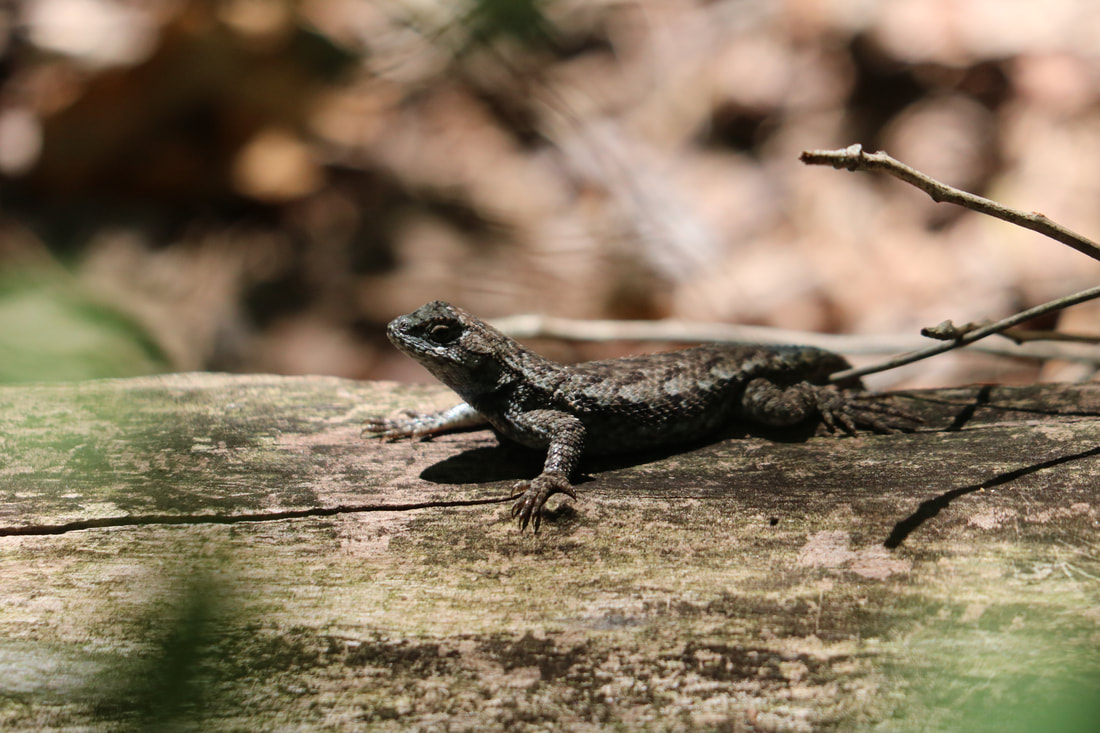
I expected a dense crowd of Sandhill Cranes, much as I had seen in past trips to the Hiwassee State Wildlife Refuge. In a busy year, flocks glide across the field of vision, flapping wings with the slow downbeat of regal ease.
Their movements always appear easy, giving the lie to the high energy requirements of flight. The casual observer has no idea of the stress on feathers or the necessity for air sacks in their bodies and hollow bones. Everything that can be spared has been stripped away to make these birds light enough to fly.
Throats make rattled calls
Feathered wings give quick downstroke
Cranes leaving the marsh
Landing, the birds disturb the crowded shoreline. Those already on the ground shift and dance. Even my old, half deaf ears would fill with that rattling coo unique to cranes, like doves amplified 1,000 times.
In such years the rattle becomes mere background noise as I scan the crowd for the one or two Whooping Cranes, pure white against the gray of their smaller kin. As I scan for whoopers, I sometimes notice the occasional Sandhill Crane stained reddish brown with the mud they use for camouflage.
At the viewing platform, I examined a small finger of water, the closest part of the slough. Cranes populated neither near nor far shore. A scattered few gleaned what they could from the rows of corn on the hill beyond the water, while a dozen or so gathered beneath the branches of a pine. Calls were an occasional punctuation of the stillness, rather than the expected incessant racket.
The cranes had dispersed, but bird watching opportunities abounded. A large bird circled over the tree line. I watched a while before I noticed its white head. With binoculars, the large bird became a Bald Eagle soaring in the distance. Another came to my attention higher up, circling with a third. The shape and plumage confirmed that one was a Golden Eagle. The second was another Bald Eagle.
I looked back to the small finger of water, where a smaller brown bird of prey work the farther shoreline. As it circled and moved, its turns revealed a flash of white above the tail. The white rump is an unmistakable mark of a Harrier, sometimes known as a Marsh Hawk.
I had seen Harriers work the salt marshes elsewhere, with mice and large insects as their prey. Brown females and gray males show a more obvious difference in forms, sexual dimorphism, than many other birds of prey. The Harrier I saw on this day was indeed a female, though one observer said he had spotted a male bird earlier.
Where some birds soar, and rise aloft on air currents, this Harrier glides just above the marsh grass. Arriving at a snag, she lifted up and crossed over. Then she was down to grass top level, circling and gliding. When she spotted a potential meal, her flight stalled as she back pedaled with wings outstretched. She hovered, and descended for the catch.
The Northern Harrier demonstrated maneuverability characteristic of birds of prey.
Glide on wings aloft
Swoop, stall and change course at will
Birds of prey on hunt

 RSS Feed
RSS Feed